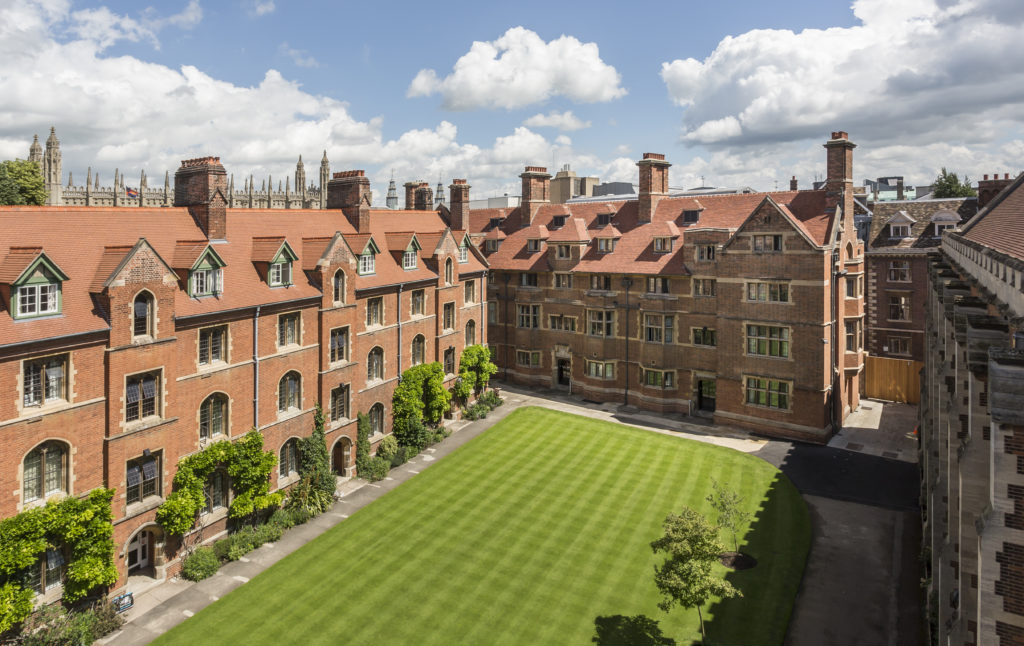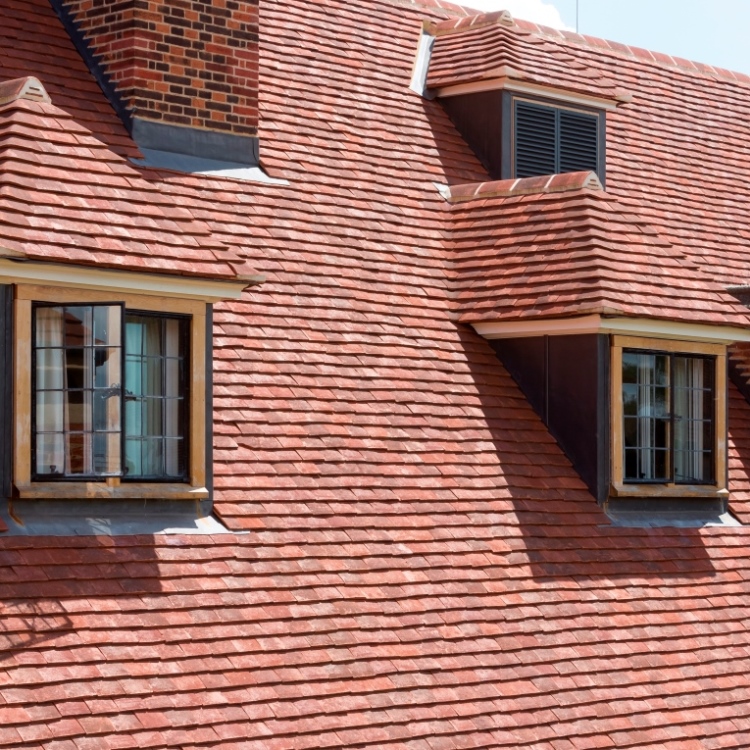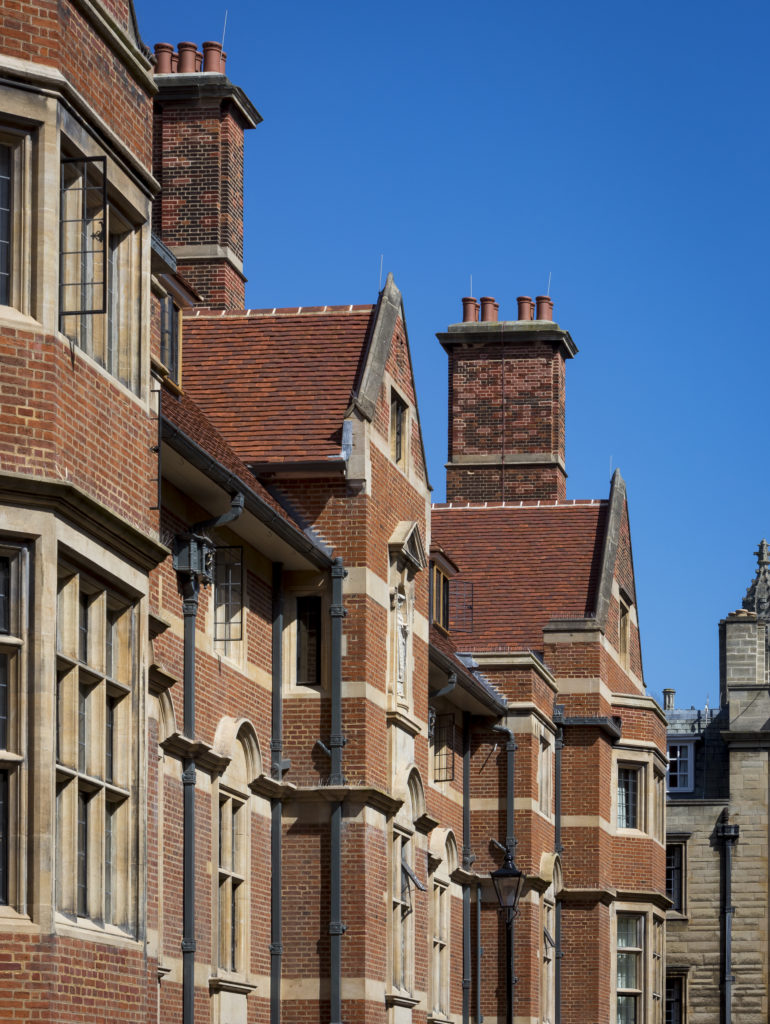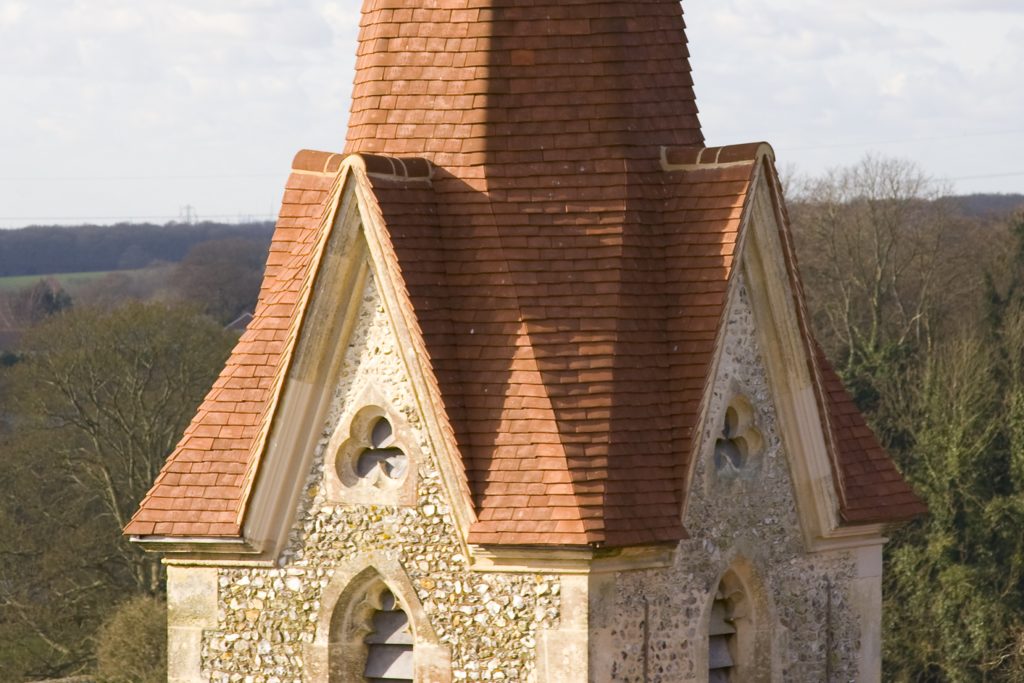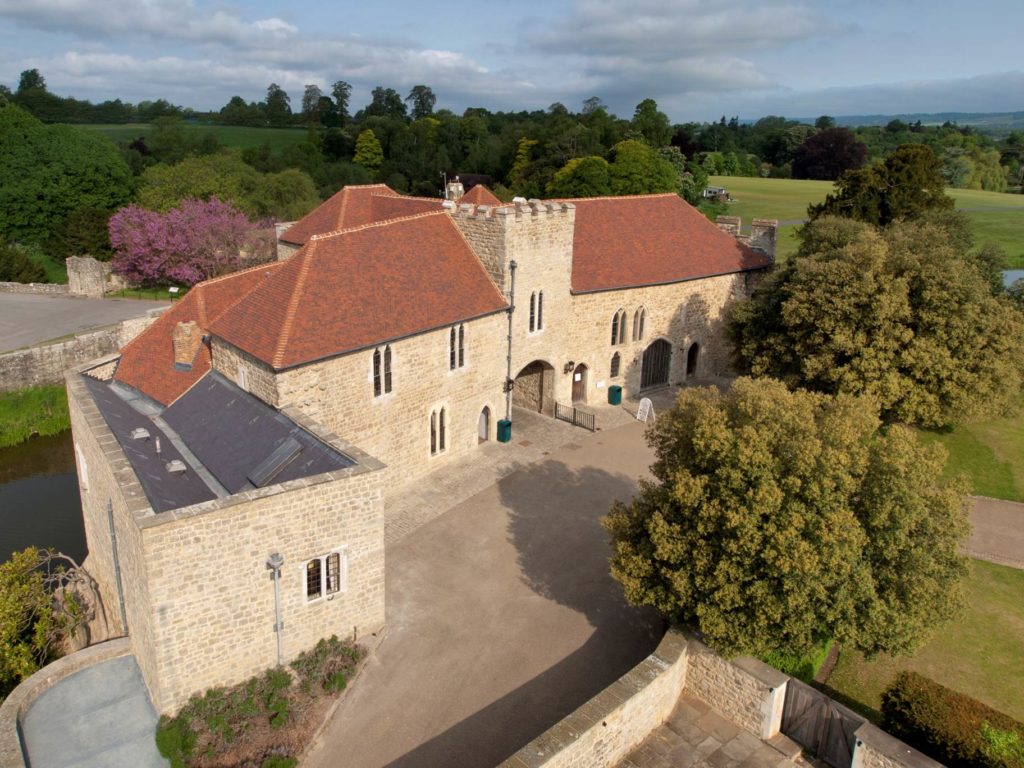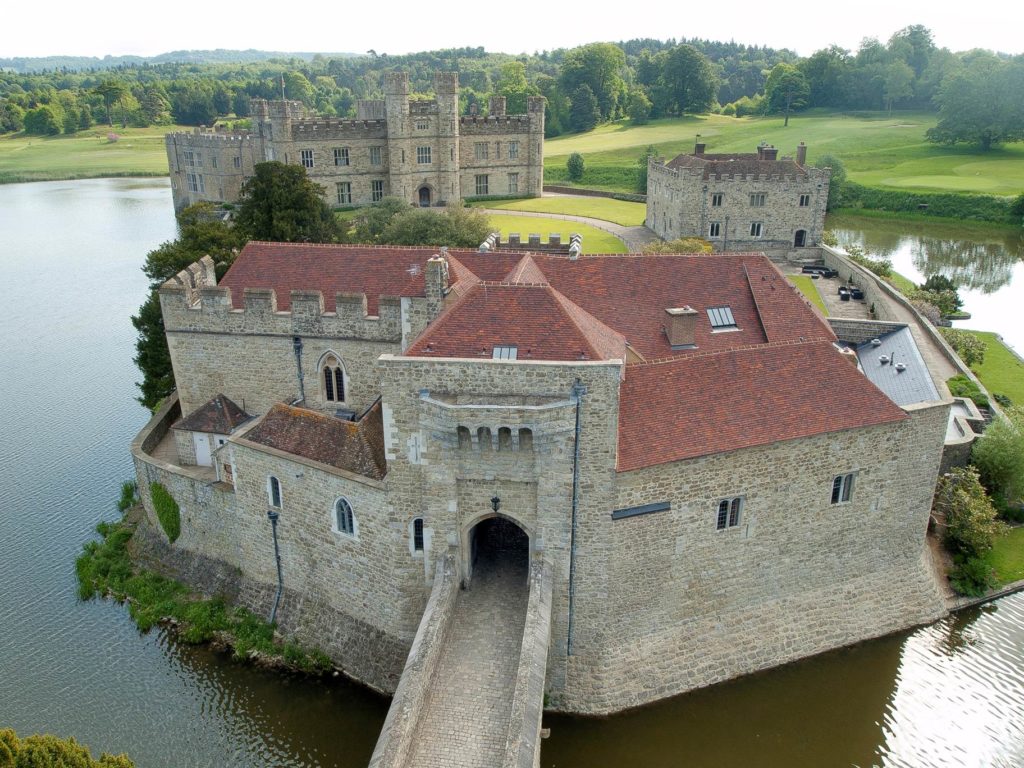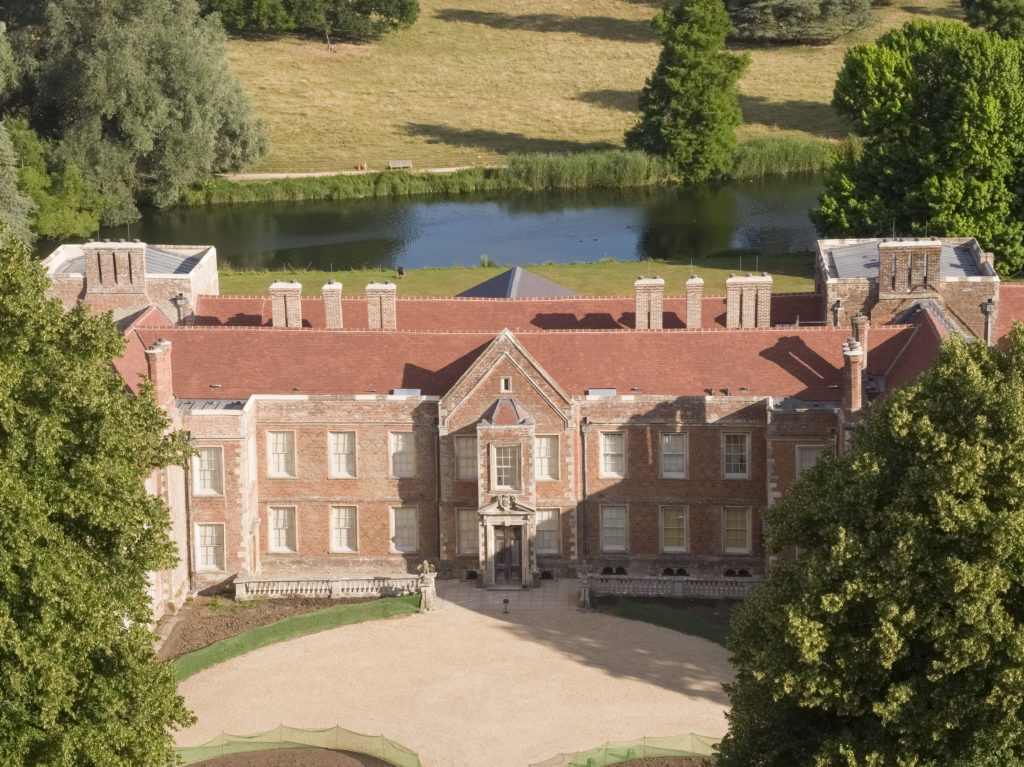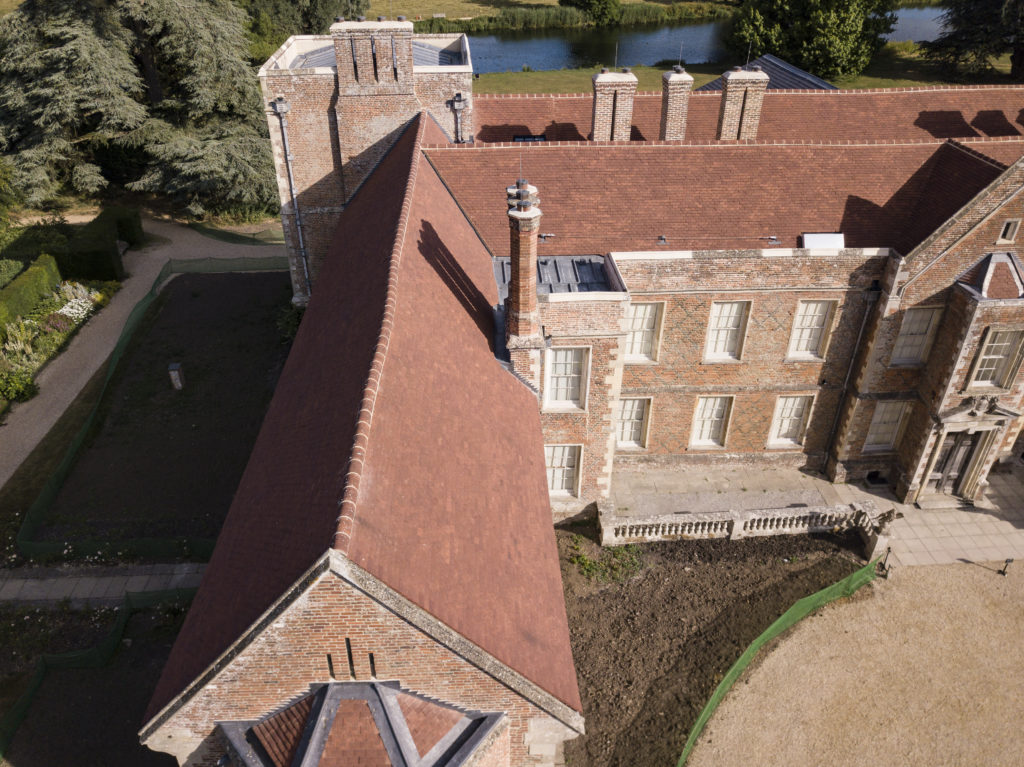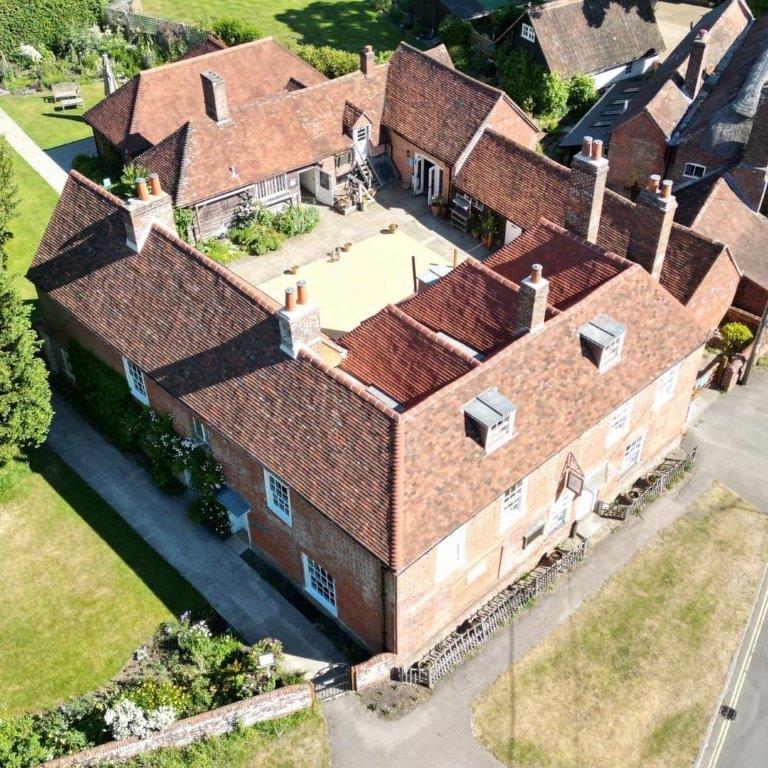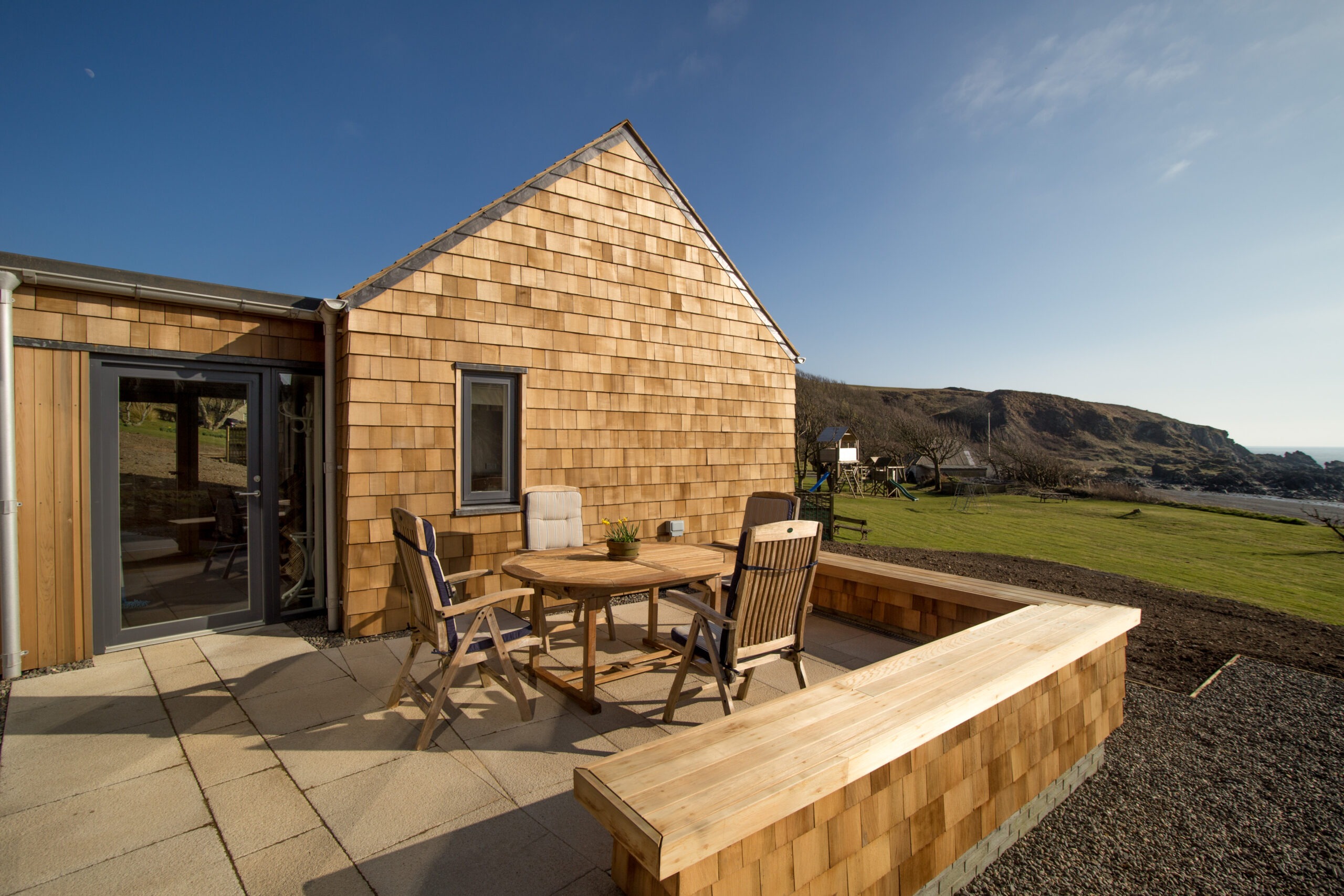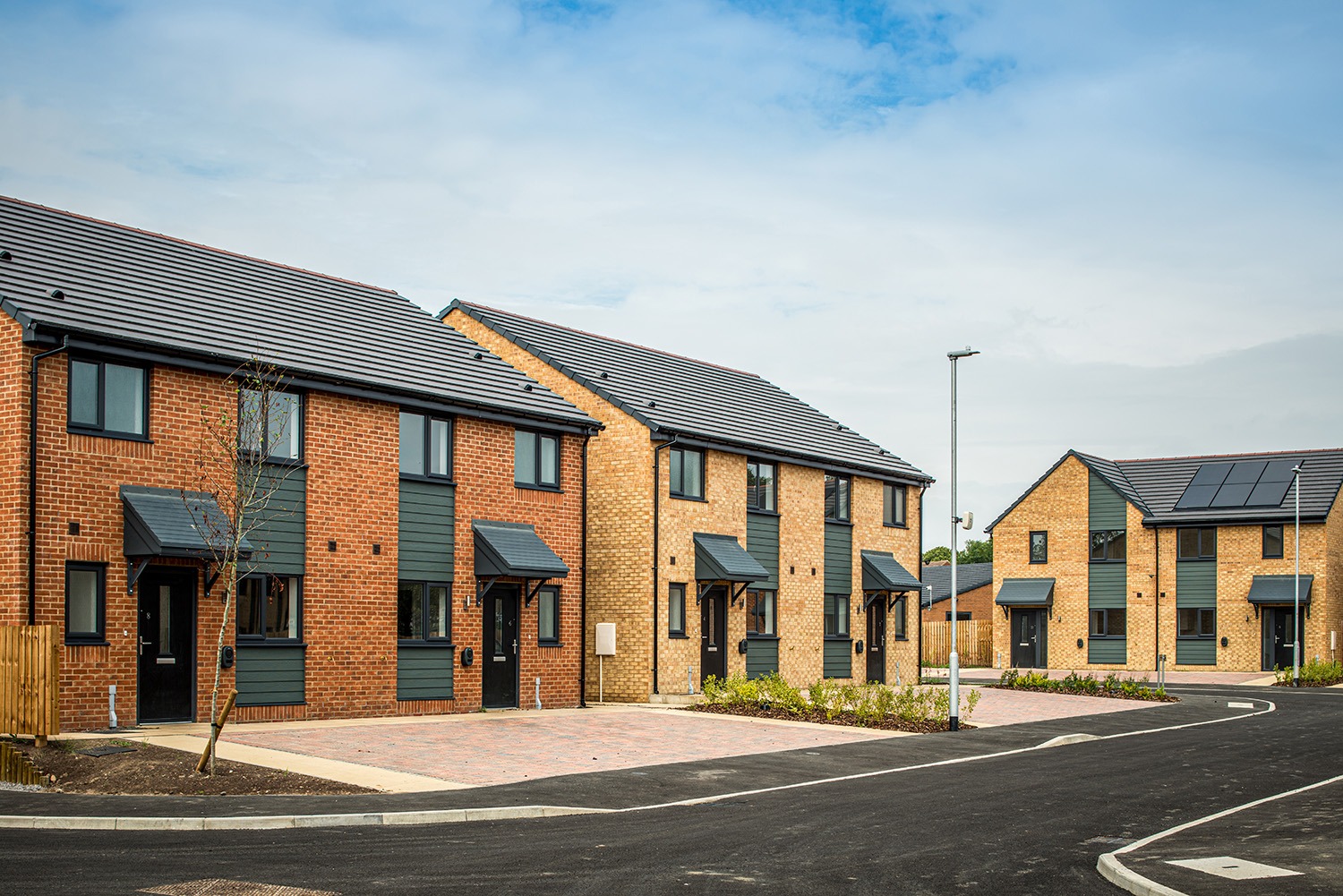See how these heritage buildings’ roof renovations brought new life to these old gems of British architecture.
Britain’s architects, contractors and developers are on a mission to create the built environment of the future – but that doesn’t mean leaving our past behind. Alongside the push to build new residential, commercial and public buildings that are beautiful and functional, we need to care for and restore those historic buildings that make the UK’s architectural landscape so unique.
Anyone with experience in repairing historic buildings knows that it’s a delicate matter, balancing the need to be sensitive to the building’s past and character, while maintaining the usability, beauty and unique charm of some of our oldest homes and landmarks.
Here are five examples of historic roofing renovations that restored buildings to their former glory.
1. Jane Austen’s house
It’s hard to think of a more iconic British novelist than Jane Austen. Her home in the village of Chawton, Hampshire, has been turned into a museum and site of pilgrimage for Austen fans from all over the world. So, when this famous home needed a new roof, only the very best materials and the most knowledgeable team of experts would do.
Clarke Roofing Southern started by fully stripping the roof, sorting and grading the old roof tiles so that as many as possible could be reused. Using new battens, the old tiles were re-hung, along with Keymer handmade clay Kent Peg tiles. Made using Weald Clay in the South of England since 1588, Keymer tiles were the natural choice for a project where premium quality and historic sensitivity were paramount.
The result is a renewed roof for the museum, ready for whatever the rural Hampshire weather brings, while seamlessly maintaining the look of the 500-year-old house. The project was recognised with an award in the ‘Best Use of a Heritage Roof’ category in the 2022 Pitched Roofing Awards.
Read the full Jane Austen’s house case study.
2. Holy Trinity Church
This Grade II listed church, first built in 1852, was badly in need of rescuing due to long-term water penetration and rotting structural timbers and battens. Because of the church’s location in a conservation area and its Grade II listing, the roof needed to be visually authentic as well as offering high performance.
Sandtoft’s Goxhill Autumn Brown plain tile proved an excellent match, with the Sandtoft team able to produce the unique large and small hip tiles required for the intricate spire design. To raise money for the renovation, parishioners were able to buy a tile and have their name inscribed on it – leaving their mark on this beautiful English Gothic monument for years to come.
Due to the technical complexity of this project, the Society for the Protection of Ancient Buildings (SPAB) sent a group of young architects, building surveyors and structural engineers to Holy Trinity Church to see a historic renovation in action, as an example of top quality craftsmanship.
Read the full Holy Trinity Church case study.
3. Leeds Castle
The oldest landmark on our list, Leeds Castle, was first recorded in the Domesday Survey of 1086, and to this day has some architectural features dating from the 12th Century. Today, the castle is a popular attraction, welcoming more than 600,000 visitors every year.
When the castle’s gatehouse required complete restoration, Caroe and Partners architects reached out to Keymer to find a match for the building’s clay roof tiles. The Keymer team worked extensively with the architects, roofer and the Leeds Castle Foundation to ensure a high-quality finish. Using over 35,000 Keymer County Peg handmade tiles, the refurbished roof masterfully maintains the visual character of the gatehouse and the wider castle grounds.
Read the full Leeds Castle case study.
4. Dokett Building
Providing accommodation for Queens’ College at the University of Cambridge, the Dokett Building dates to 1911 and is named after the first President of the college. In 2014, the accommodation needed extensive modernising, including re-covering the entire roof.
With a prominent location in the heart of the campus, the Dokett Building is integral to the college’s visual identity, demanding a sympathetic renovation that would stay true to its heritage and gravitas. Keymer provided handmade Traditional Elizabethan and Antique roof tiles, as well as over 450 bespoke tiles for the dormer roofs.
Not only did the renovation work preserve the unique beauty of this historical landmark, the superior heat retention of the alluvial clay tiles also improved the thermal efficiency of the building – offering form and function in perfect harmony.
Read the full Dokett Building case study.
5. The Vyne
This breath-taking Tudor mansion in the heart of rural Hampshire was home to Lord William Sandys, one of King Henry VIII’s Lord Chamberlains, and is surrounded by ancient woodland and landscaped gardens. Now a National Trust property, the Vyne was in dire need of repair when winter storms in 2015 caused serious damage to its roof.
The £5.4 million project to restore the roof involved replacing all 71,000 tiles, rebuilding chimneys, fixing leadwork and installing new insulation. Keymer Traditional Antique Plain tiles were chosen as the replacement, offering an authentic look and feel, with the highest quality craftsmanship that a building of this prestige deserved.
Keymer’s team of experts worked alongside Ken Biggs Contractors to re-fit the vast and complex roof structure, liaising with the National Trust to meet their exacting standards. Furthermore, archaeologists and heritage science researchers from the University of Oxford visited the site during construction to discover how the Tudor building was originally constructed and learn its engineering secrets up-close and in-person.
Read the full Vyne case study.
